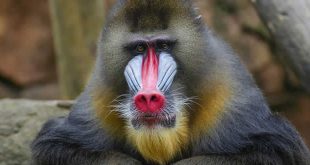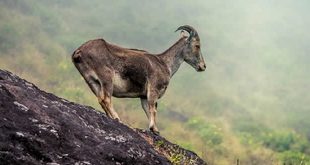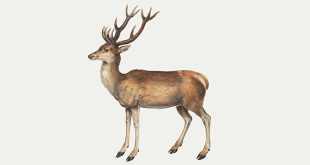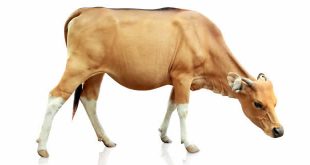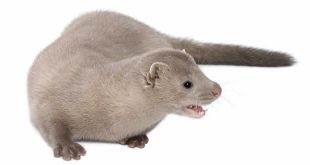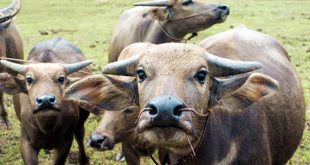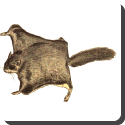 Flying Squirrel — The flying squirrels, scientifically known as Pteromyini or Petauristini, are a tribe of squirrel (family Sciuridae). There are 43 species in this tribe, the largest of which is the woolly flying squirrel (Eupetaurus cinereus). The 2 species of the genus Glaucomys (Glaucomys sabrinus and Glaucomys volans) are native to North America, and the Siberian flying squirrel is native to parts of northern Europe (Pteromys volans).
Flying Squirrel — The flying squirrels, scientifically known as Pteromyini or Petauristini, are a tribe of squirrel (family Sciuridae). There are 43 species in this tribe, the largest of which is the woolly flying squirrel (Eupetaurus cinereus). The 2 species of the genus Glaucomys (Glaucomys sabrinus and Glaucomys volans) are native to North America, and the Siberian flying squirrel is native to parts of northern Europe (Pteromys volans).
The term “flying” is somewhat misleading, since flying squirrels are actually gliders incapable of true flight. Steering is accomplished by adjusting tautness of the patagium, largely controlled by a small cartilaginous wrist bone. The tail acts as a stabilizer in flight, much like the tail of a kite, and as an adjunct airfoil when “braking” prior to landing on a tree trunk.
Though their life expetancy is only about six years in the wild, flying squirrels often live between 10 and 15 years in captivity. This difference is due to these creatures being important prey animals. Predation mortality rates in sub-adults are very high. Predators include arboreal snakes, raccoons, nocturnal owls, martens, fishers, coyotes, and the domestic house cat. In the Pacific Northwest of North America, the Northern Spotted Owl (Strix occidentalis) is a well-known predator. They are also nocturnal.
 Kids Portal For Parents India Kids Network
Kids Portal For Parents India Kids Network
